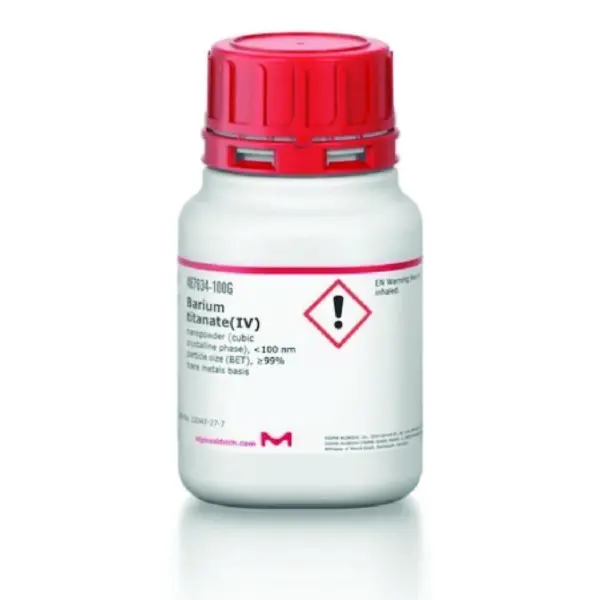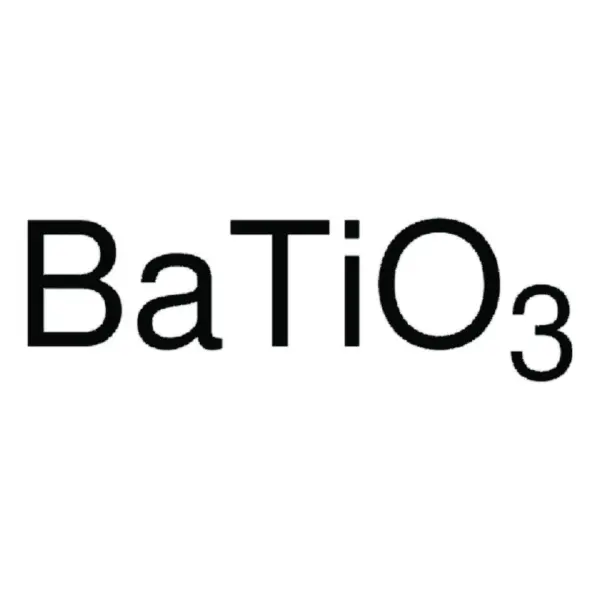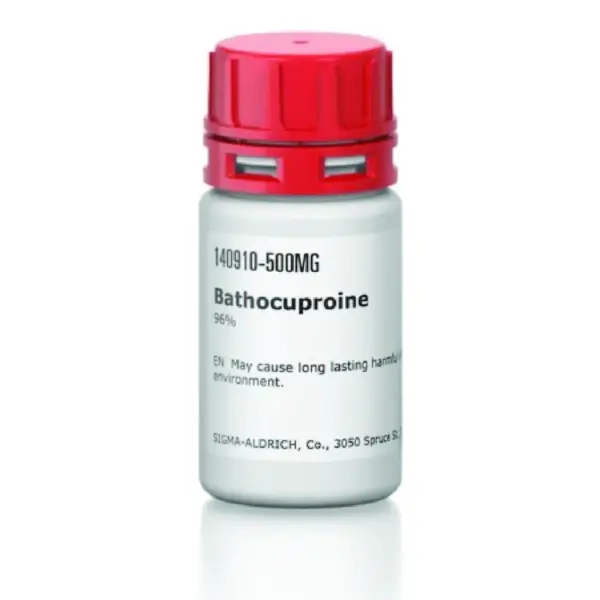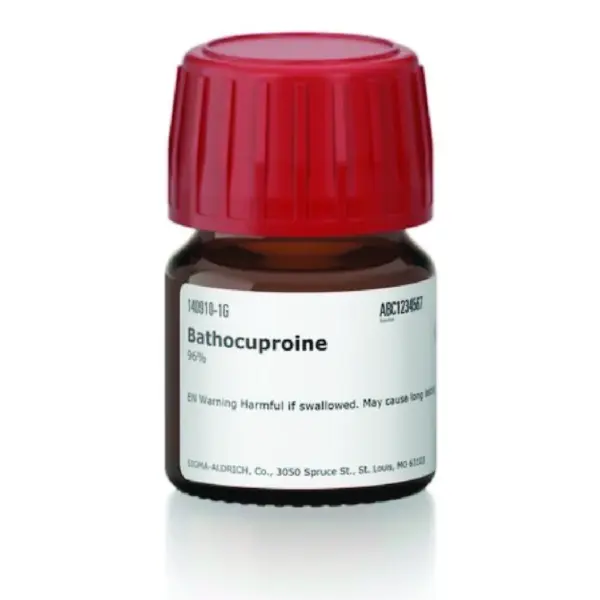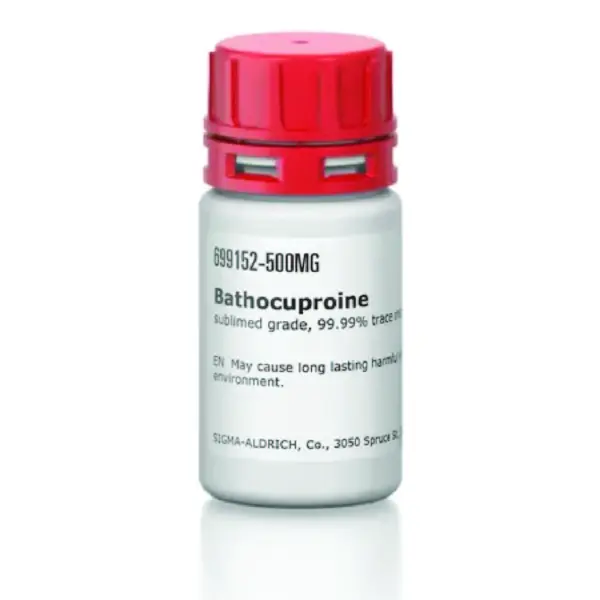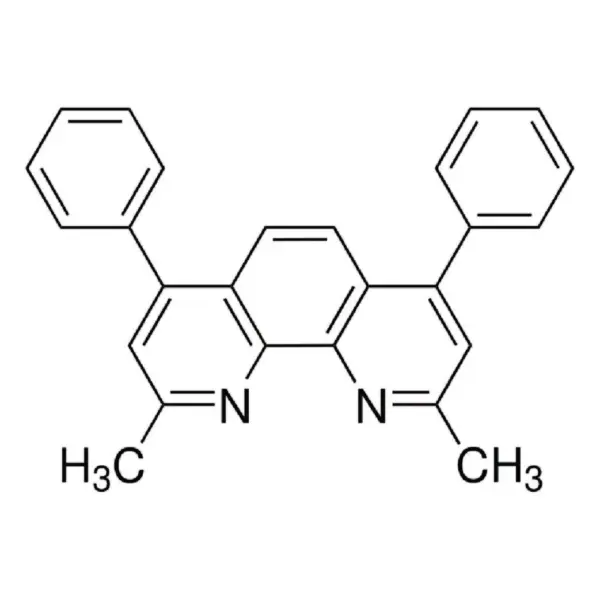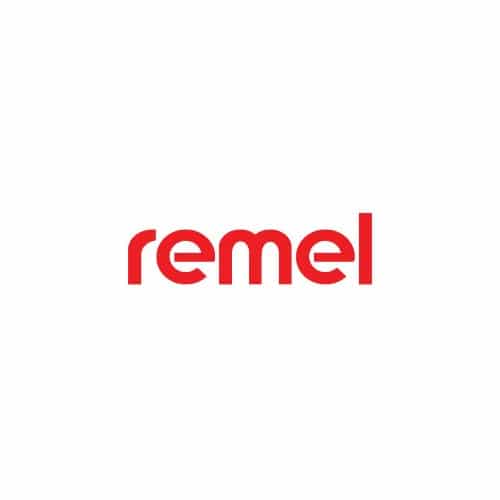
BactiDrop Oxidase PK/50
RM527.00Brand:
Thermo Scientific™ Remel™
Remel BactiDrop Oxidase is used for detection of the presence of oxidase enzyme.
Ordering Alerts:
BactiDrop reagents are supplied in crushable ampules encased in a protective plastic sheath with a convenient dropper dispenser tip.

BactiDrop Potassium Hydroxide(KOH) PK/50
RM747.00Brand:
Thermo Scientific™ Remel™
Remel BactiDrop Potassium Hydroxide is for preparation of clinical specimens for microscopic examination of fungal elements.
Ordering Alerts:
BactiDrop reagents are supplied in crushable ampules encased in a protective plastic sheath with a convenient dropper dispenser tip.

BactiDrop PYR PK/50
RM0.00Brand:
Thermo Scientific™ Remel™
Remel BactiDrop PYR is for rapid, presumptive identification of group A streptococci and enterococci. Used with PYR tests and LAP discs.
Ordering Alerts:
BactiDrop reagents are supplied in crushable ampules encased in a protective plastic sheath with a convenient dropper dispenser tip.

BactiDrop Spot Indole PK/50
RM769.00Brand:
Thermo Scientific™ Remel™
Remel BactiDrop Spot Indole is used for determination of the ability of microorganisms to split indole from the tryptophan molecule by spot test method.
Ordering Alerts:
BactiDrop reagents are supplied in crushable ampules encased in a protective plastic sheath with a convenient dropper dispenser tip.

BactiDrop VP-A (alpha napthol 5%) PK/50
RM546.00Brand:
Thermo Scientific™ Remel™
Remel BactiDrop Voges-Proskauer A is used for detection of acetylmethylcarbinol from glucose fermentation.
- Used in conjunction with VP-B, Part No. R21562
- For use with MRVP Broth
Ordering Alerts:
BactiDrop reagents are supplied in crushable ampules encased in a protective plastic sheath with a convenient dropper dispenser tip.

BactiDrop VP-B (40% KOH) PK/50
RM538.00Brand:
Thermo Scientific™ Remel™
Remel BactiDrop Voges-Proskauer B is used for detection of acetylmethylcarbinol from glucose fermentation.
- Used in conjunction with VP-A, Part No. R21560
- For use with MRVP Broth
Ordering Alerts:
BactiDrop reagents are supplied in crushable ampules encased in a protective plastic sheath with a convenient dropper dispenser tip.

BactiSwab (Mod Stuarts) Pk/100
RM0.00Brand:
Thermo Scientific™ Remel™
Thermo Scientific™ Remel BactiSwab contains a single plasti-shaft swab. Rayon-tipped, plastic-shaft swabs are mounted in the cap of a translucent plastic tube. Inside the tube is a crushable ampule of Modified Stuart’s Medium with a pledget that becomes moistened with the medium when ampule is crushed.
Ordering Alerts:
Each BactiSwab is supplied as one tube per envelope.
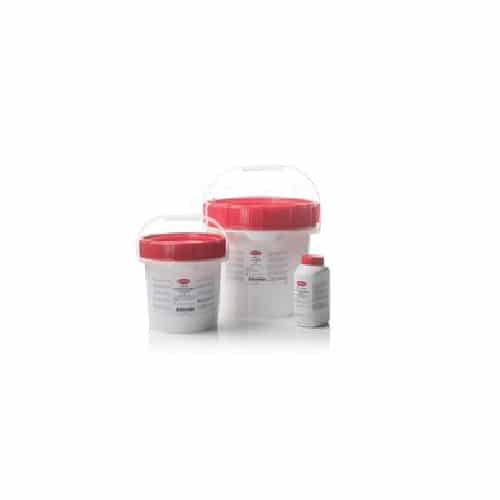
Baird Parker Agar Base 500g, Oxoid
RM400.00Brand:
Thermo ScientificTM OxoidTM
Baird Parker Agar Base, Oxoid is suitable for the isolation and enumeration of Staphylococcus aureus, with high selectivity and sensitivity. It contains carefully balanced selective inhibitory agents, glycine, lithium, and tellurite, to suppress the growth of most of the bacteria present in foods without inhibiting coagulase-positive staphylococci. The presence of egg yolk emulsion and sodium pyruvate aid the recovery of damaged cells for presumptive identification of Staphylococcus aureus in food specimens.
| Typical Formula * | gm/litre |
| Pancreatic digest of casein | 10.0 |
| Meat extract | 5.0 |
| Sodium pyruvate | 10.0 |
| Yeast extract | 1.0 |
| Glycine | 12.0 |
| Lithium chloride | 5.0 |
| Agar | 20.0 |
| pH 7.2 ± 0.2 @ 25°C |
Baird Parker Agar Base, Oxoid Preparation:
Suspend 6.3g of Baird-Parker Agar Base (RPF) in 90ml of distilled water. Bring to the boil to dissolve completely. Sterilise by autoclaving at 121ºC for 15 minutes. Cool to 48ºC and add 1 vial of RPF Supplement (SR0122A), reconstituted as directed. Mix well and pour plates.
Storage Conditions and Shelf Life
Store the dehydrated medium at 10-30°C and RPF Supplement below 0°C. Use before the expiry date on the label.
Prepared plates of the medium are best used freshly prepared.
Precautions
Regard all suspicious colonies as Staphylococcus aureus regardless of negative reactions in the medium and carry out further tests.
Colonies of some contaminating organisms growing in close proximity to the coagulase positive colonies may partially digest the coagulase halo reaction.
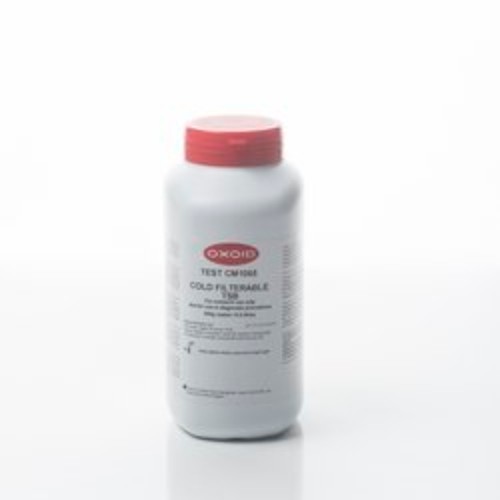
Baird-Parker Agar (ISO) 500g
RM604.00Brand:
Thermo ScientificTM OxoidTM
Isolate, enumerate, and identify coagulase positive Staphylococcus aureus in food samples with selective Thermo Scientific™ Oxoid™ Baird Parker Agar (ISO) Base (Dehydrated) while adhering to ISO 6888-1:1999.
Baird Parker Agar (ISO) Base, Oxoid Composition
| Typical Formula* | gm / litre |
| Pancreatic digest of casein | 10.0 |
| Meat extract | 5.0 |
| Yeast extract | 1.0 |
| Sodium pyruvate | 10.0 |
| L-glycine | 12.0 |
| Lithium chloride | 5.0 |
| Agar | 20.0 |
| pH 7.2 ± 0.2 @ 25°C |
Baird Parker Agar (ISO) Base, Oxoid Preparation:
Suspend 63g of Baird-Parker Agar (ISO) Base in 1,000ml of distilled water. Boil to dissolve the medium and sterilise by autoclaving at 121°C for 15 minutes. Cool to 47°C and aseptically add 50ml of Egg Yolk Tellurite Emulsion (SR0054). Mix well and pour into sterile Petri dishes.
Storage conditions and Shelf life
Store the dehydrated medium at 10-30°C and use before the expiry date on the label.
The prepared medium is best used freshly prepared, but may be suitable for longer storage following in-house validation.
Precautions
Atypical colonies have the same size as typical colonies but can be shining black with or without a narrow white edge; the clear zone or opacity halo can also be absent or barely visible. Grey colonies, free of clear zone, can also be regarded as atypical.
Regard all typical and atypical colonies as coagulase-positive staphylococci irrespective of negative reactions on the medium and carry out further tests.
Colonies of some contaminating organisms growing in close proximity to the coagulase positive colonies may partially digest the coagulase halo reaction.

Baird-Parker Agar Base (Modified) 500g
RM494.00Brand:
Thermo ScientificTM OxoidTM
- The Oxoid Baird-Parker RPF Agar Base is a selective medium for the isolation and enumeration of coagulase positive staphylococci from food.
- For use with RPF supplement, Part No. SR0122A
- Do not use Egg Yolk Tellurite Emulsion.
Baird-Parker Agar Base (RPF), Oxoid Composition
| Typical Formula* | gm/litre |
| Pancreatic digest of casein | 10.0 |
| Meat extract | 5.0 |
| Sodium pyruvate | 10.0 |
| Yeast extract | 1.0 |
| Glycine | 12.0 |
| Lithium chloride | 5.0 |
| Agar | 20.0 |
| pH 7.2 ± 0.2 @ 25ºC |
Baird-Parker Agar Base (RPF), Oxoid Preparation:
Suspend 6.3g of Baird-Parker Agar Base (RPF) in 90ml of distilled water. Bring to the boil to dissolve completely. Sterilise by autoclaving at 121ºC for 15 minutes. Cool to 48ºC and add 1 vial of SR0122A, reconstituted as directed. Mix well and pour plates.
Storage conditions and Shelf life
Store the dehydrated medium at 10-30°C and RPF Supplement below 0°C. Use before the expiry date on the label.
Prepared plates of medium are best used freshly prepared.
Precautions
Colonies of some contaminating organisms growing in close proximity to the coagulase positive colonies may partially digest the coagulase halo reaction.
Barium titanate(IV), nanopowder (cubic crystalline phase), <100 nm particle size (BET), ≥99% trace metals basis - Sigma-Aldrich
RM1,979.00Brand:
Sigma-Aldrich
Synonyms
Barium titanium oxide, Titanium barium oxide
Cas No.
12047-27-7
General description
Barium titanate(IV) is a ceramic material that can be synthesized by reacting titanium oxide (TiO2) and barium salts in the presence of oleic acid as a stabilizing agent. It has a cubic crystal structure which allows it to have ferroelectric, thermoelectric and piezoelectric properties. It forms a film with intense photoluminescence which can be used for a wide range of electronic applications.
Application
BaTiO3 can be used in the fabrication of flexible electronic devices with improved dielectric strength.
Physical form
Some agglomeration of nanoparticles may occur during the drying process, yielding particle sizes of up to 75 microns. These agglomerates can be broken up through ultrasonication, ball milling, or dispersion in solution with a surfactant.
Barium titanate(IV), nanopowder (cubic), 50 nm (SEM), 99.9% trace metals basis – Sigma-Aldrich
RM1,979.00Brand:
Sigma-Aldrich
Synonyms
BaTiO3 nanoparticles, Barium titanium oxide, Barium titanium trioxide, Titanium barium oxide
Cas No.
12047-27-7
General description
This barium titanate(IV) nanopowder is a very fine white powder made of barium titanate nanoparticles with an average particle size of 50 nm. The synthesis is controlled so that the material crystallizes in the cubic polymorph, which is centrosymmetric with no spontaneous dipole.
Application
Barium Titanate is an effective lead free piezoelectric material and has been studied as a component of polymer nanocomposites and as a probe for cell imaging.

Basic Fuchsin – Technical Dye (10G)
RM0.00Brand:
Thermo ScientificTM OxoidTM
Oxoid Basic Fuchsin Indicator is a dye for use with Endo Agar Base, Part No. CM0479B and m Endo (LES) Agar Base, Part No. MM0551B.
Basic Fuchsin Preparation:
BR0050 should be dissolved to create a 10% w/v solution using 95% ethyl alcohol.
For each litre of culture medium use the amount described in the product reconstitution details. This should be in a 10% w/v solution of the dye dissolved in 50:50 ethanol/distilled water. E.g. For CM0479 add 6ml of a 10% w/v Basic Fuchsin solution per litre of medium.
The magenta dyes are closely related to known carcinogenic substances; therefore basic fuchsin should be handled with care, avoiding inhaling the powder or staining the skin with dye.
Bathocuproine, 96% – Sigma-Aldrich
Price range: RM444.00 through RM721.00Brand:
Sigma-Aldrich
Synonyms
2,9-Dimethyl-4,7-diphenyl-1,10-phenanthroline, BCP
Cas No.
4733-39-5
General description
We are committed to bringing you Greener Alternative Products, which adhere to one or more of The 12 Principles of Greener Chemistry. This product belongs to the Enabling category of greener alternatives, aligning with the “Design for energy efficiency” principle. Electron transport organic materials have the chemical functionality to transport electrons and are used as an electron transport layer in OLED devices. Click here for more information.
Application
Bathocuproine can be used as an electron-modification layer or interlayer between the ETL (electron transport layer) in perovskite solar cells, which can be fabricated using the spin-coating deposition method or the vacuum thermal evaporation method. The addition of bathocuproine enhances the power conversion efficiency of organic photovoltaic cells.
Bathocuproine, sublimed grade, 99.99% trace metals basis – Sigma-Aldrich
RM1,436.00Brand:
Sigma-Aldrich
Synonyms
2,9-Dimethyl-4,7-diphenyl-1,10-phenanthroline, BCP
Cas No.
4733-39-5
General description
TGA/DSC Lot-specific scans available upon request
We are committed to bringing you Greener Alternative Products, which adhere to one or more of The 12 Principles of Greener Chemistry. This product belongs to the Enabling category of greener alternatives, thus aligns with “Design for energy efficiency”. Electron transport organic materials have the chemical functionality to transport electrons and are used as an electron transport layer in OLED devices. Click here for more information.
Application
Organic electronic material useful as OLED electron transporter and hole blocker.
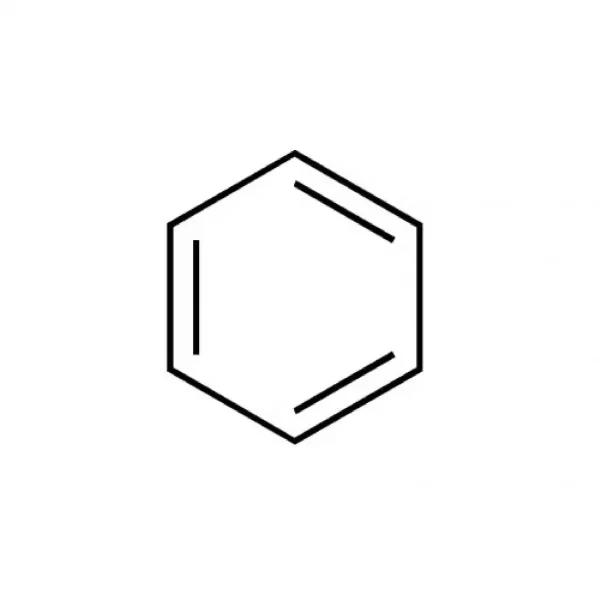
Benzene Anhydrous, 99.8% – Sigma-Aldrich
RM977.00Brand:
Sigma-Aldrich
Description
CAS Number: 71-43-2
Empirical Formula: C6H6
Molecular Weight: 78.11
Synonyms: –
Assay: 99.8%
Benzene is a six-membered aromatic compound that can undergo ionization induced by superhalogens, according to ab initio calculations. This compound is a frequently used industrial solvent but is also considered an air pollutant and a powerful carcinogen.
Benzene may be used in the formation of phenyl acetate by aerobic oxidation using Pd catalyst and acetic acid as solvent, formation of phenol by hydroxylation in the presence of mesoporous carbon nitride supported on vanadium catalyst and as a solvent to prepare nanoparticles of gallium nitride (GaN) by reacting Li3N and GaCl3 at 280°C.
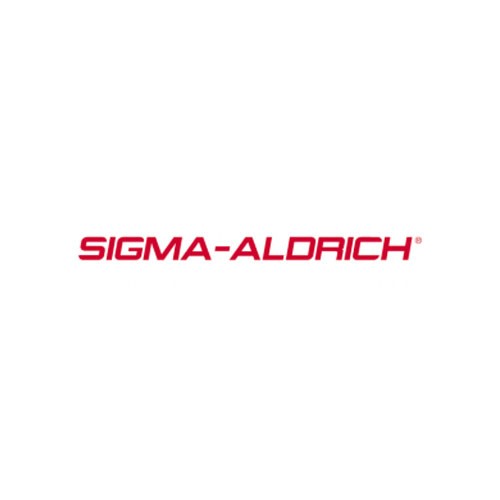
Benzyltriethylammonium Chloride, 99% (Sigma-Aldrich)
Price range: RM192.00 through RM890.00Brand:
Sigma-Aldrich
General description
These durable TrueNorth® Cool Container with Lid are for chilling temperature-sensitive samples. They have heavy insulation properties for the ultracold and are ideal for ice as well as ice-salt slurries.
Features and Benefits
• made from single-moulded polyurethane
• close-fit lid keeps evaporation to a minimum and features a comfortable recessed knob
• lid nests under the bucket to save space
• for low-temperature use to -196ºC at 1 bar
• stackable
• pour spout and large handles

Beta Lactam Reagent Disk 25Disk/VL
RM0.00Brand:
Thermo Scientific™ Remel™
Thermo Scientific™ Remel Beta Lactam Reagent Disc uses an acidometric method to detect beta-lactamase production in Haemophilus spp., N. gonorrhoeae and staphylococci.
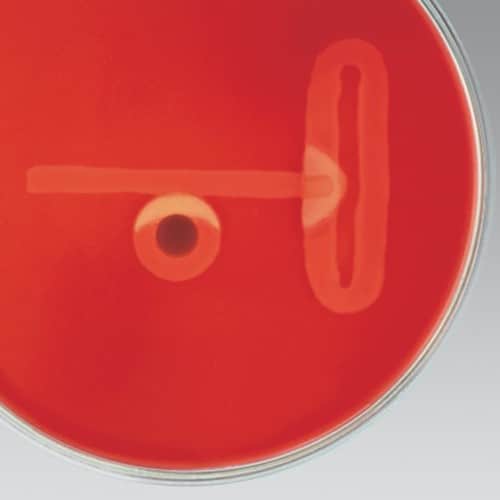
Beta Lysin Disk 25Disk/VL
RM0.00Brand:
Thermo ScientificTM RemelTM
Thermo Scientific™ Beta Lysin Disc is used to detect CAMP factor by group B streptococci.

Biggy Agar 500g
RM1,013.00Brand:
Thermo ScientificTM OxoidTM
Oxoid BiGGY Agar (Nickerson Medium) for the isolation and presumptive identification of Candida spp.
BiGGY Agar, Oxoid Composition
| Typical Formula* | gm/litre |
| Yeast extract | 1.0 |
| Glycine | 10.0 |
| Glucose | 10.0 |
| Sodium sulphite | 3.0 |
| Bismuth ammonium citrate | 5.0 |
| Agar | 13.0 |
| pH 6.8 ± 0.2 @ 25°C |
BiGGY Agar, Oxoid Preparation:
Suspend 42g in 1 litre of distilled water and bring gently to the boil to dissolve the agar. Allow to cool to 50-55°C. Mix gently to disperse the flocculant precipitate and pour into sterile Petri dishes.
DO NOT AUTOCLAVE THE MEDIUM.
Storage conditions and Shelf life
Store the dehydrated medium at 10-30°C and use before the expiry date on the label.
Medium should be freshly prepared just prior to use.
Precautions
Carry out further tests to confirm identity of isolated yeasts.
Do not use slants of medium because the reactions are unsatisfactory.
The flocculent precipitate present in the molten medium must be evenly suspended whilst dispensing the agar.

Bile Aesculin Agar 500g
RM1,380.00Brand:
Thermo ScientificTM OxoidTM
Isolate and presumptively identify enterococci / Group D streptococci with Thermo Scientific™ Oxoid™ Bile Aesculin Agar (Dehydrated). Bile Aesculin Agar is designed to differentiate between Group D streptococci and non-Group D streptococci.
Group D streptococci hydrolyse aesculin to form aesculetin and dextrose. Aesculin hydrolysis is indicative of a positive result. Bile salts in the medium inhibit Gram-positive bacteria other than enterococci/ Group D streptococci.
Bile Aesculin Agar, Oxoid Composition
| Typical Formula* | gm/litre |
| Peptone | 14.0 |
| Bile salts | 15.0 |
| Ferric citrate | 0.5 |
| Aesculin | 1.0 |
| Agar | 15.0 |
| pH 7.1 ± 0.2 @ 25°C |
Bile Aesculin Agar, Oxoid Preparation:
Suspend 44.5g in 1 litre of distilled water and bring gently to the boil to dissolve completely. Sterilise by autoclaving at 121°C for 15 minutes.
Storage conditions and Shelf life
Store the dehydrated medium at 10-30°C and use before the expiry date on the label.

Bile Salts 250g
RM832.00Brand:
Thermo ScientificTM OxoidTM
Oxoid Bile Salts is a standardized ox-bile extract used as a selective inhibitory agent in culture media.

Bile Salts No. 3 250g
RM840.00Brand:
Thermo ScientificTM OxoidTM
Oxoid Bile Salts No. 3 is a specifically refined fraction of bile acid salts.
- Normal working concentration 0.15% w/v.
- Each vial supplements 500mL of medium.

Bile Solubility Reagent (2%) BTL/25ml
RM0.00Brand:
Thermo ScientificTM RemelTM
Thermo Scientific™ Remel 2% Bile Solubility Reagent is for differentiation of S. pneumoniae from other alpha-hemolytic streptococci using the Spot Test or Tube Test.

